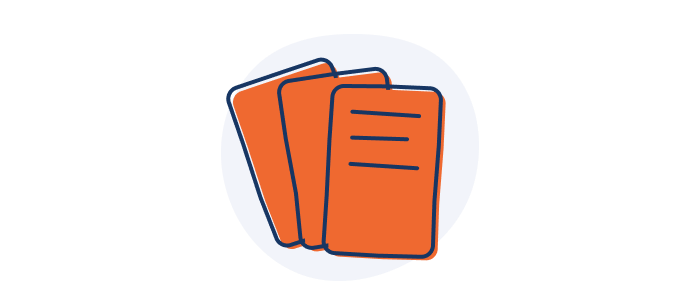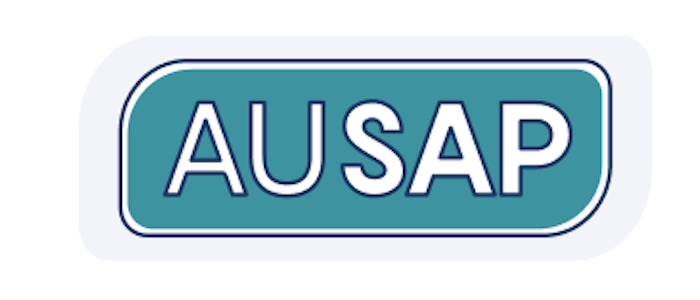AuSAP FAQs
Answers to some of the most commonly asked questions about AuSAP
Purpose and aims
AuSAP aims to make sure families of children with disabilities and medical conditions have access to suitable and safe child restraint systems. This program assesses (including sled crash testing) restraint systems and develops independent prescribing advice and information about each product. This supports allied health professionals in prescribing suitable vehicle restraint options for children and gives parents greater choice in vehicle transport decisions that affect their child and family.
Currently, there is very little independent, evidence based information for allied health professionals, families, funding bodies, government and suppliers about the safety performance and best practice use of restraint systems used by children with disabilities and medical conditions.
For example, MACA’s national survey shows that over half of Australian health professionals report they do not have the knowledge required to address car seating and travel needs for children with disabilities and medical conditions. In addition, 70% of parents report never receiving any information on how to safely transport their child.
AuSAP supports the rights of children with disabilities and medical conditions to suitable and safe products where they are unable to travel safely and comfortably in ‘regular’ child restraints (of which we have long-established safety standards).
It further expands safe transport options by making it easier for organisations to supply and promote products in Australia. This increases choice and better meets the needs of our vulnerable road users and their families.
Helen Lindner, MACA’s Chief Executive, initiated assessment of the special purpose car seats available in Victoria in 2013, when working with VicRoads, the road agency for Victoria. At the time, this work informed government funding and prescribing practices for Victorian allied health professionals.
AuSAP builds on this earlier work, however it is more comprehensive, nationwide, and includes all restraint types (i.e., not just special purpose car seats) used by children with disabilities and medical conditions.
This is a world first initiative, with potential for global impact.
Governance
AuSAP has a governance structure in place to support effective program outcomes. MACA is responsible for setting AuSAP objectives, coordination, promotion, monitoring, evaluation, and sustainability.
MACA is supported by:
- an Expert Committee whose role is to ensure delivery in line with program objectives; setting and reviewing the test and assessment protocol, monitoring tests and assessments, and reviewing results.
- a Reference Group (including parents and allied health professionals) who advise on the development and dissemination of targeted resources for the translation of AuSAP findings.
The members are preeminent research and technical experts, including
- Helen Lindner (MACA, Chair)
- Emma Clarkson (MACA, Secretariat)
- Professor Lynne Bilston, NeuRA and chair of CS-085 (Australian Standards Child Restraint Committee)
- Mike Lumley, MACA’s Technical Advisor
- Blake Harris, Transport Accident Commission (funder)
- Michael Paine, Vehicle Design Research Pty Ltd (engaged by MACA)
Assessment
The vehicle restraint options used by children with disabilities and medical conditions include Australian standard car seats, modified car seats, special purpose car seats, and harnesses/vests.
AuSAP is currently assessing special purpose car seats, and aims to include harnesses/vests in future activities.
The AuSAP program uses selected criteria from AS/NZS 1754 Child restraint systems for use in motor vehicles. This includes frontal and side impact testing.
Find out more about the AuSAP Test and Assessment Protocol.
Australian standard car seats all meet the Australian Standard AS/NZS 1754.
There is also an established independent review program for Australian standard car seats – known as the Child Restraint Evaluation Program (CREP).
This program is supported by road safety focused organisations and tests car seats to a higher level than the Australian standard. The results are available at childcarseats.com.au and provide consumers with information to inform their purchasing decisions. This includes star-ratings for safety and ease of use information.
Due to the range of special purpose child restraints catering for the unique needs of children with disabilities and medical conditions, the AuSAP Expert Committee assessed that a star rating system was not suitable. Instead, individual restraint assessment supported by clear prescribing advice was recommended.
AuSAP is not a certification program. Rather, it provides independent information about the strengths and limitations of the different restraint systems available for children with disabilities and medical conditions in Australia.
It is important to remember that all special purpose car seats comply with an overseas standard or regulation.
General
The Australian standard for child restraints (AS/NZS 1754) does not provide requirements for special purpose car seats. In comparison, overseas standards/regulations have some requirements, which means special purpose car seats available in Australia comply with an overseas standard or regulation.
The Australian standard for child restraints is currently being reviewed and is proposing a new section to allow for variations to Australian standard car seats for children with disabilities and medical conditions.
Yes. this standard is currently under review and MACA is represented on the Australian Standards committee.
AuSAP learnings are contributing to the development of a new section in this standard that is considering requirements for variations to Australian standard child restraint systems for children with disabilities and medical conditions. This draft standard will be open to public comment in accordance with Standards Australia requirements.
We have initiated a significant program of research and activities to advance the rights of children with disabilities and medical conditions to safe and accessible transport. For example:
- national survey with Curtin University to understand the knowledge, perceptions and experiences of parents, health professionals and organisations
- ethnographic research with Monash University Emerging Technologies Lab to understand the lived experience of Australian families and how transport impacts on their day-to-day lives
- a review of buckle release challenges with Latrobe University
- requested a review of AS/NZS 4370:2013 to ensure our latest research is reflected in this prescribing standard
- an Austroads project to investigate harnesses/vests
Learn more about us, including our research and other projects that are building the evidence base in this important area.
MACA works closely with current and new suppliers. AuSAP has eligibility criteria, and we welcome enquiries. To learn more, contact us.




